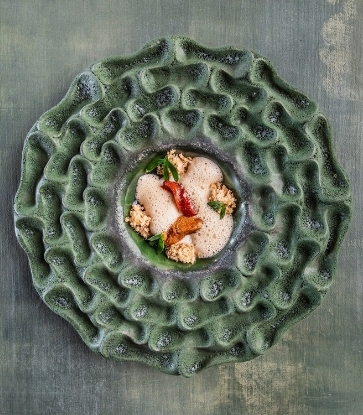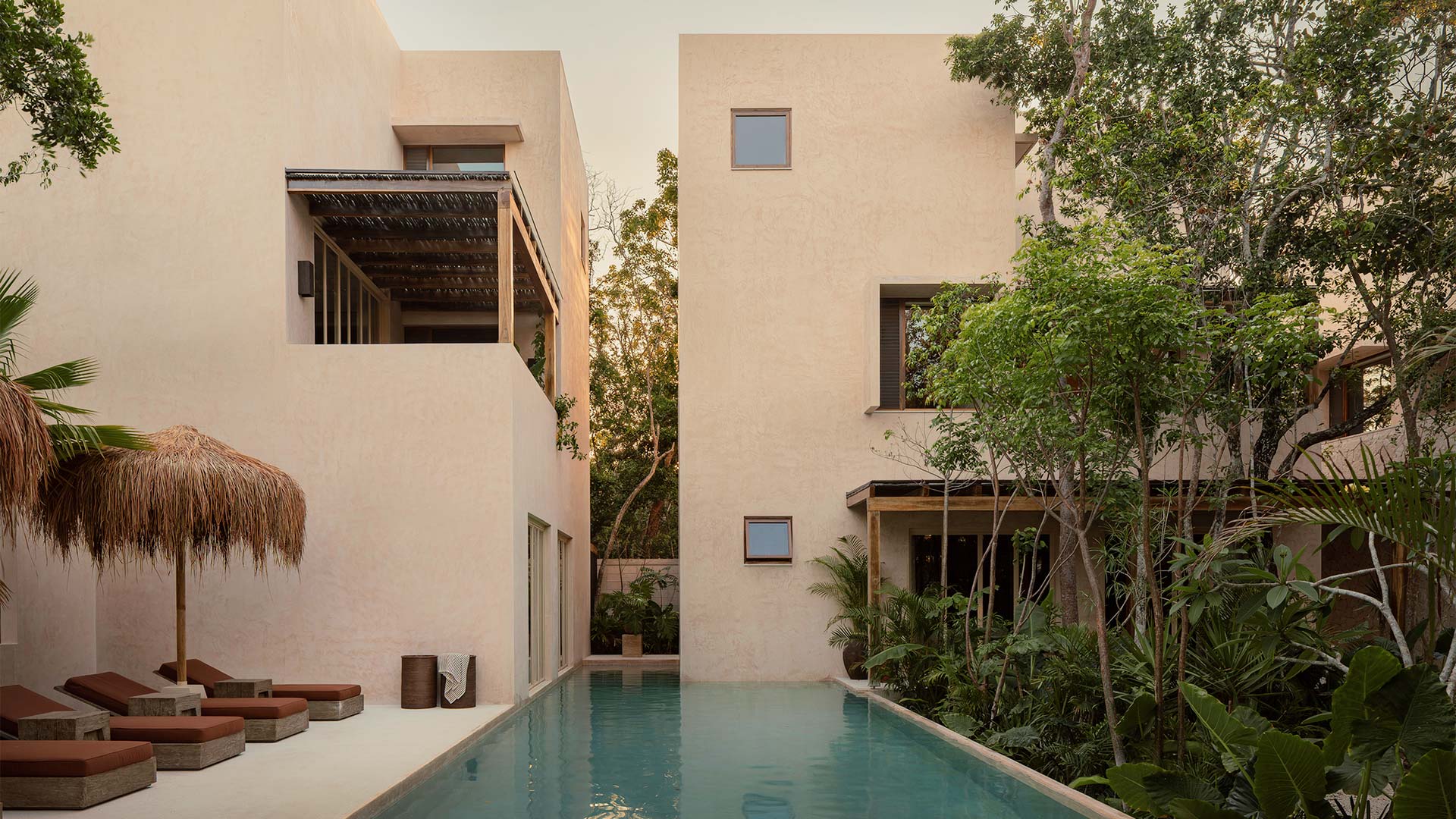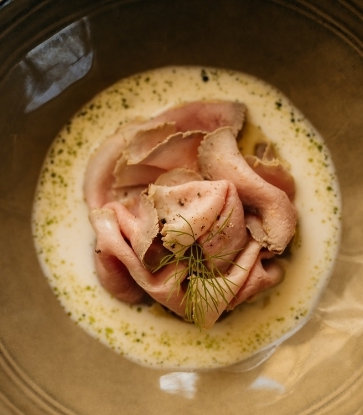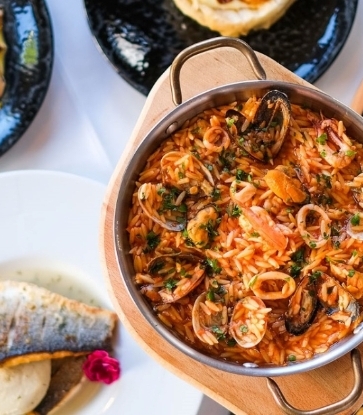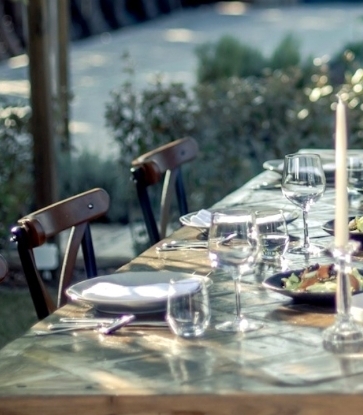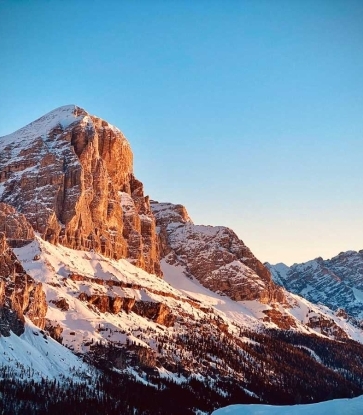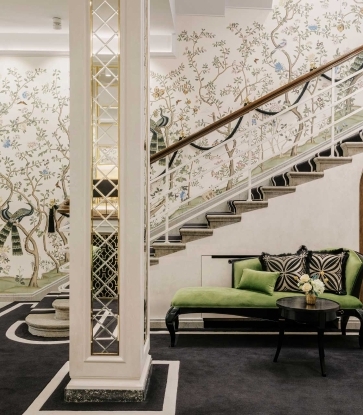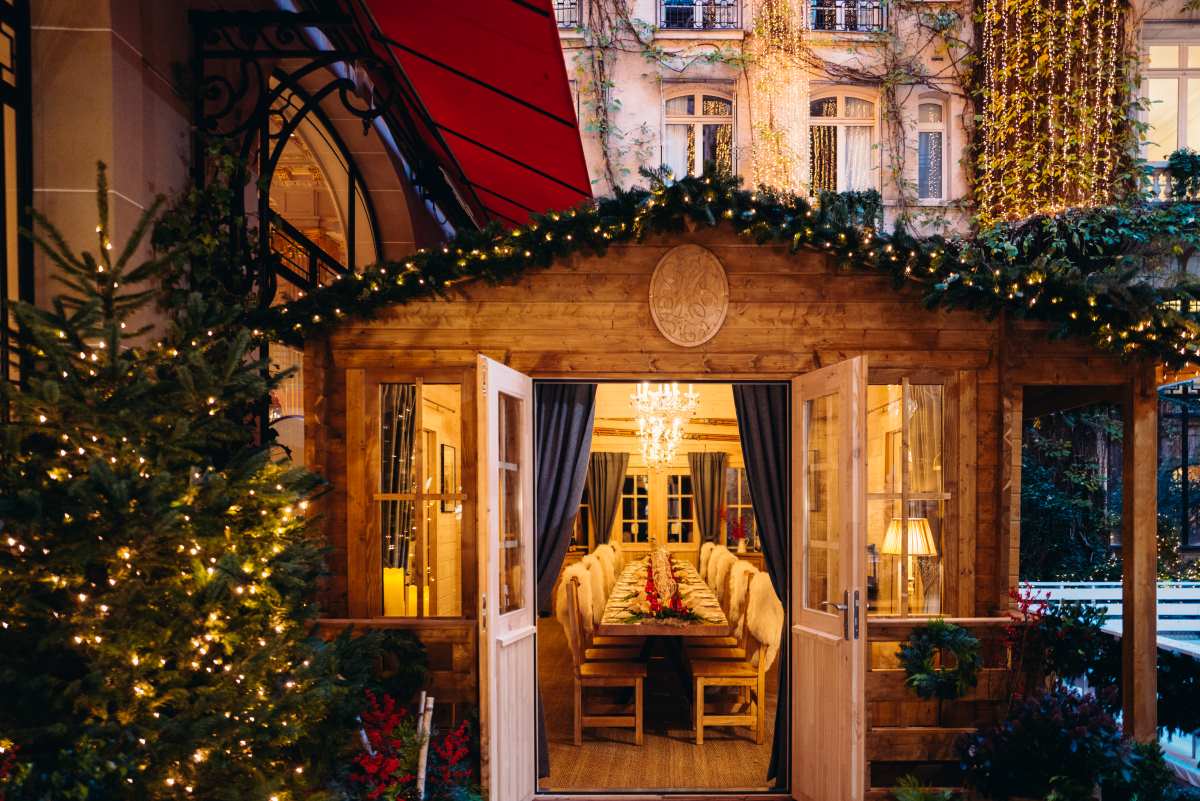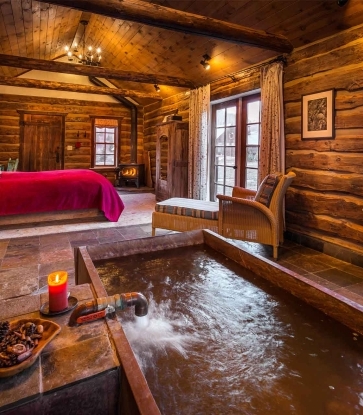The MICHELIN Guide announced today its latest expansion into the vibrant culinary landscapes of Saudi Arabia. This new selection will focus on the bustling cities of Riyadh and Jeddah, while also beginning to explore the diverse regions of the Kingdom, including Khobar, AlUla, and many more. It will uncover the best of Saudi Arabia's dining scene, showcasing talented chefs and teams who embody passion, creativity, and respect for local culinary traditions.
Saudi Arabia is revealing itself as one of the most compelling and complex destinations in the region. Yes, it’s a land of deeply-rooted tradition, deserts and sacred cities, but also one of arty desert music festivals with A-list line-ups, shiny new design-forward hotels, and a quietly thrilling food scene.
In Saudi Arabia, a dynamic culinary culture is taking shape, one that blends ancient traditions with global ambition. And just beyond the restaurants, the landscapes are just as startling. From the towering red canyons of AlUla and the vast silence of the Empty Quarter to the green mountains of Asir and the coral-rich Red Sea coastline, Saudi Arabia offers beautiful natural diversity.
The best part? Much of Saudi Arabia still feels undiscovered, offering a rare sense of exclusivity and authenticity. You don’t just see the past or the future here, you witness both unfolding at once. Here are three reasons to include Saudi Arabia on your list of travel destinations.

1. A Bold, Unexpected Food Scene
Saudi Arabia’s culinary landscape is rooted in ancient spice routes, vast regional diversity, and now, a growing wave of innovation. Unforgettable experiences aplenty; be it savoring jareesh at a traditional setting or Hassawi Rice with the locals, fabulous mini cheese and honey glazed sambosas galore or a mouthwatering masabeeb.
Additionally, the MICHELIN Guide inspectors have observed an impressive culinary diversity, where French cuisine mingles with Japanese, Chinese, Greek, and Thai, often in the same neighborhood.
Homegrown brands are thriving alongside global names, and there's a strong emphasis on sourcing local ingredients like date molasses, dried limes, smoked lamb, and seafood from the Red Sea. Markets and cafés hum with energy, especially after sunset, when locals gather for Saudi Qahwa (spiced Saudi coffee) with dates, and open-air grills scent the night air.

2. Dramatic and Diverse Natural Landscapes and Ancient Civilizations
From mountain peaks to deep desert silence, Saudi Arabia’s geography is staggering. The Empty Quarter (Rub’ al Khali) — the largest uninterrupted sand desert in the world — offers otherworldly beauty for dune bashing or stargazing. The lush valleys of Wadi Al Disah and the cloud-draped highlands of Jabal Soudah in Asir Province are ideal for hikers and nature lovers, while traditional hillside villages like Rijal Almaa, with their colorful stone houses, offer a glimpse into the Kingdom’s southern heritage.
Saudi Arabia is also home to some of the world's most significant archaeological wonders. Hegra (Al-Hijr) in AlUla, the country’s first UNESCO World Heritage site, features 2,000-year-old tombs carved by the Nabataeans, including Qasr al-Farid, or "Lonely Castle." Nearby lies the unfinished tomb of Lihyan, son of Kuza, a reminder of an empire that once stretched across the region.
Travelers can also explore the mudbrick district of At-Turaif in Diriyah, the birthplace of the Saudi state, and wander among the megalithic Rajajil Columns, often called Saudi Arabia’s Stonehenge.

3. Cultural Revival and Contemporary Creativity
A new wave of cultural energy is sweeping the Kingdom. In Jeddah’s Al-Balad, historic homes and coral-stone buildings are being restored and reactivated. Open-air markets invite travelers to browse traditional crafts like wood carvings and Arabic calligraphy, perfumes, textiles, and local foods.In AlUla, the Al Maraya concert hall — the world’s largest mirrored building — hosts everything from opera to electronic music, while hot air balloons drift above the sandstone cliffs at dawn. Nearby, modern luxury blends with heritage at resorts like Banyan Tree AlUla, St. Regis Red Sea, Six Senses Southern Dunes, and Nujuma, a Ritz-Carlton Reserve, part of the ultra-ambitious Red Sea Project.
Saudi Arabia isn’t just preserving history. It’s also creating an exciting future. The NEOM project in the northwest aims to build a next-generation city powered entirely by renewable energy, including Trojena, a futuristic mountain resort offering year-round adventure and alpine experiences.




